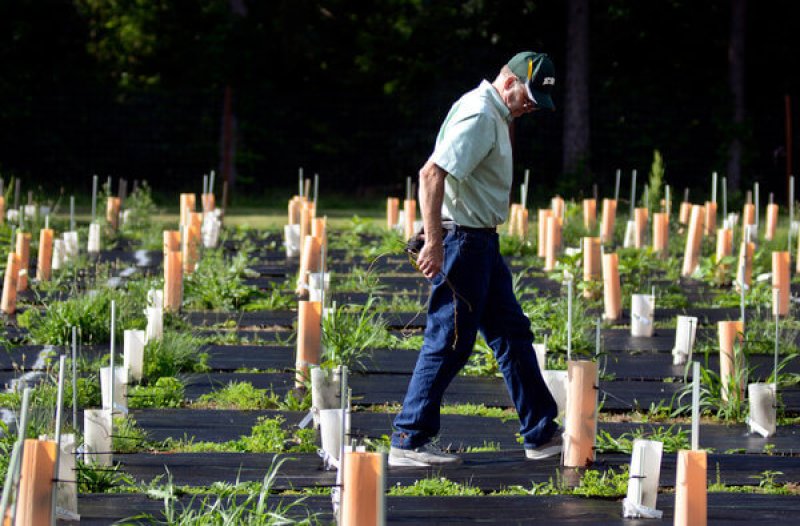While controversy swirls around the the use of biotech in farming, the use of identical techniques—moving genes, often found in a different species—to save the beleaguered fungus-infected American chestnut tree has flown under the radar of anti-biotech crusaders. But make no mistake: If activists are successful in passing bans and otherwise demonizing this technology by generating fears that moving genes is a violation of “Nature”—the naturalistic fallacy—their actions could result in the final death of the American chestnut and literally hundreds of trait enhancing innovations.
Read the full story here: Like-Minded Rivals Race to Bring Back an American Icon
Additional Resources:
- “Into the wildwood,” The Economist
- “Saved From Living Death: How Genetically Modifying Chestnuts Could Bring Them Back,” QUEST































